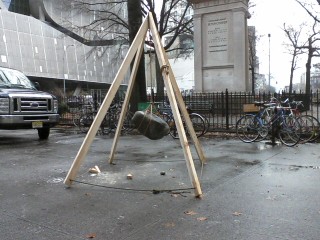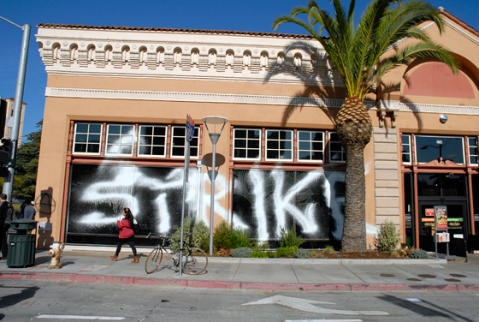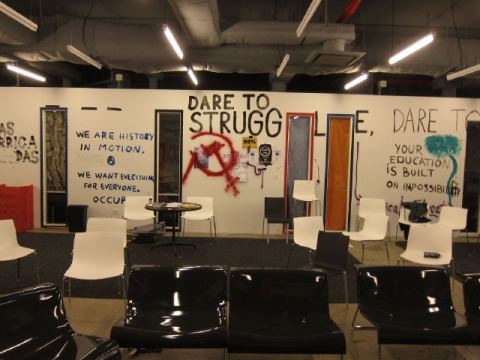Tuition was high for a reason: the school, I soon learned, was on shaky financial footing. Founded in 1919 in part by Columbia professors disgusted by their university’s support of World War I, then expanded in 1933 as a refuge for scholars fleeing Fascism and Nazism in Europe, it wasn’t the sort of place that produced the sort of people who turned around and gave their alma mater millions of dollars. The endowment was meager, and the school relied on tuition for revenue.
The New School needed to improve its financial situation and its status, and it was going to do it, like any New York institution, through real estate. It owned an old two-story building at the corner of Fifth Avenue and 14th Street—a former department store whose slogan had been “Fifth Avenue Values at 14th Street Prices”—that it was going to tear down and replace it with a state-of-the-art gleaming sixteen-story tower, home to studios for designers and artists studying at the New School’s profitable design institute, Parsons, and laboratories (for whom, no one could tell you; the New School offers no courses in hard sciences), retail food vendors, apartments, and—most insulting of all, I think, to the symbolic heirs, as we liked to consider ourselves, of refugees from fascism—a fitness center. At the time, the building, at 65 Fifth Avenue, was a multi-purpose meeting place where graduate students could read quietly, have lunch in the café, or find books in the basement library. There had been classrooms upstairs, but at that point they had already been relocated to the Minimalist-style building a few blocks away where my department, Anthropology, was crammed together with Sociology.








 Advance The Struggle
Advance The Struggle







